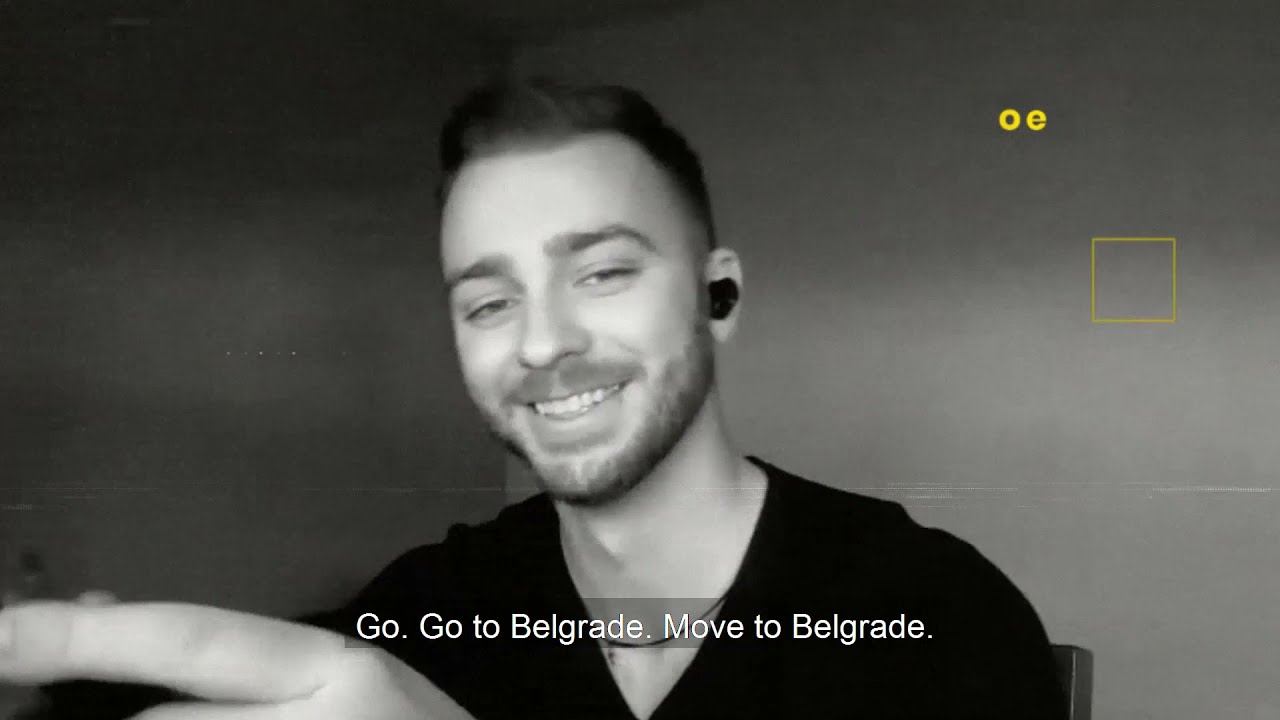If you appreciate architecture, Belgrade’s the city for you. If you’re into monuments, Belgrade’s got plenty. If parks are more of your thing, don’t worry, Belgrade won’t disappoint.
There’s loads to see in Belgrade, from beautiful architecture to scenic parks, so be prepared to be mesmerized on every corner of the Serbian capital.
Although a lot of the must-see sites are located right in the center of Belgrade, don’t forget to wander outside of the old city core and discover everything the capital has to offer. You can decide to kick off your sightseeing adventure at one of the world’s largest churches or even on the outskirts of the city at Avala mountain, either way you’re bound to get lost somewhere along the way, some place where you’ll be in awe of Belgrade’s beautiful sights that aren’t on this list.
For further inspiration, tips on what to see in Belgrade and excellent city guides, check out these websites as well:
And don’t forget to take a break from sightseeing once in a while. Drop by for lunch in one of Belgrade’s famed kafanas or grab a quick drink at a cafe, and just take in the moment, and all that you’ve seen here. Alternatively, just take a moment to admire the city.
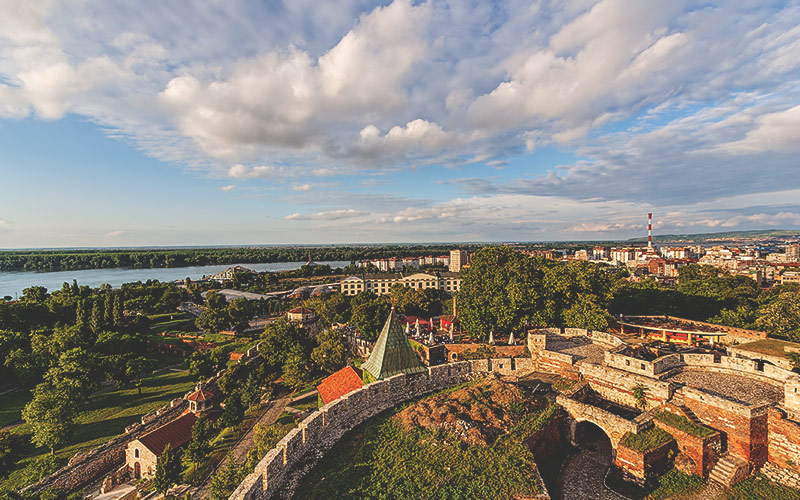
Kalemegdan fortress
Belgrade’s most visited tourist site is the old Kalemegdan fortress and park atop a hill overlooking the confluence of the Danube and Sava rivers, where you can savor one of the finest views of the city.
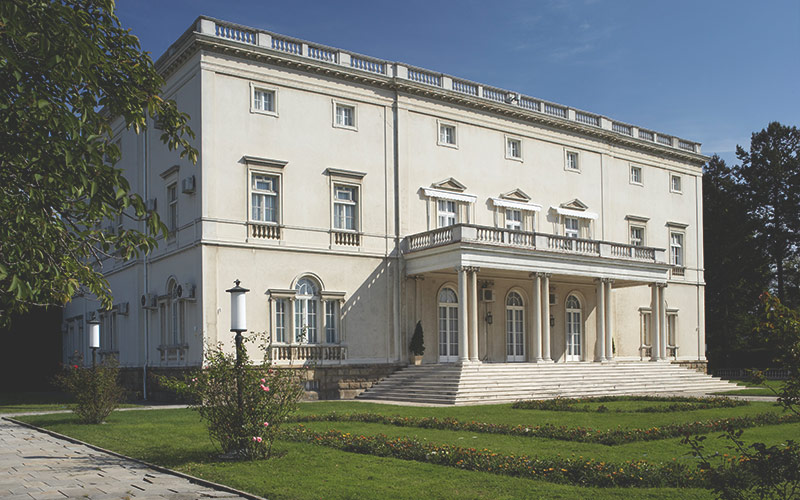
The White Palace
The White Palace, or Beli Dvor, the official residence of the Karađorđević dynasty, is located in the Dedinje neighborhood and was used by both Yugoslavian President Tito and the notorious former President Slobodan Milošević.

Gardoš Tower
Gardoš Tower is a symbol of Zemun, a late 19th century memorial construction that was erected to celebrate 1,000 years of Hungarian settlement in the Pannonian plain. Just across the street is the old Zemun cemetery, another important cultural monument worth checking out.

The Old Palace
Stari Dvor, or the Old Palace, was the royal residence of the Obrenović dynasty which now houses the City Assembly of Belgrade.
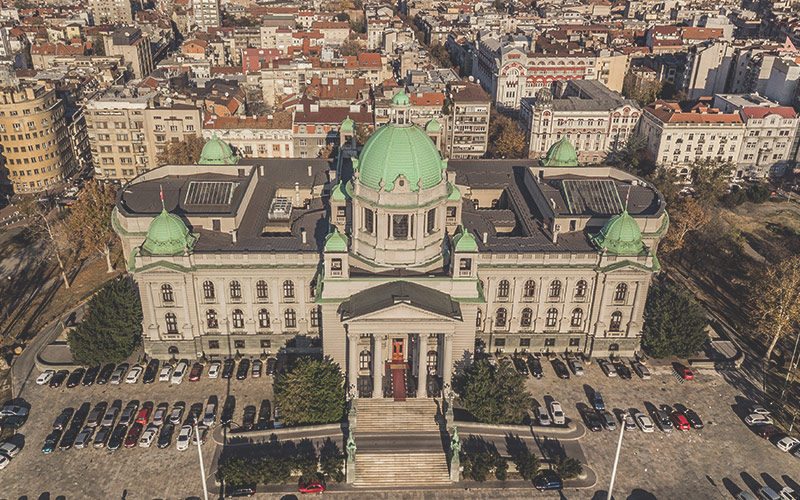
Serbia’s National Assembly
Serbia’s National Assembly took nearly three decades to complete and represents a Belgrade landmark, where Serbia’s major revolutions took place.
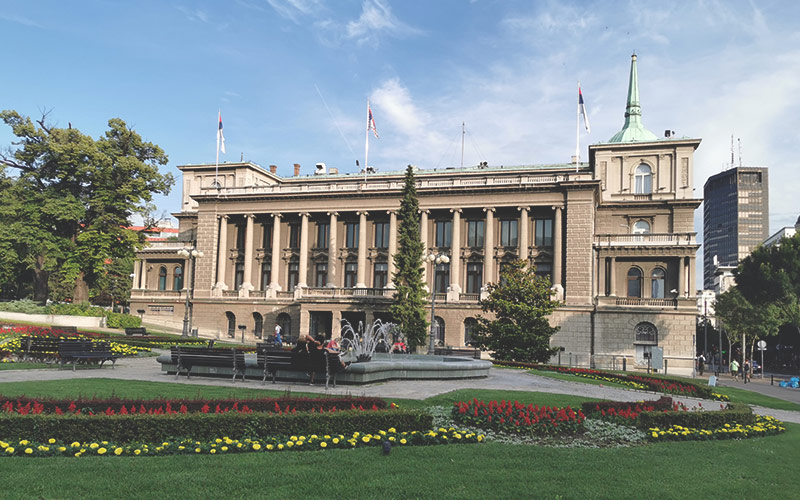
The New Palace
Another Karađorđević royal residence, the New Palace or Novi Dvor is today the seat of the Serbian president and stands just opposite Stari Dvor.
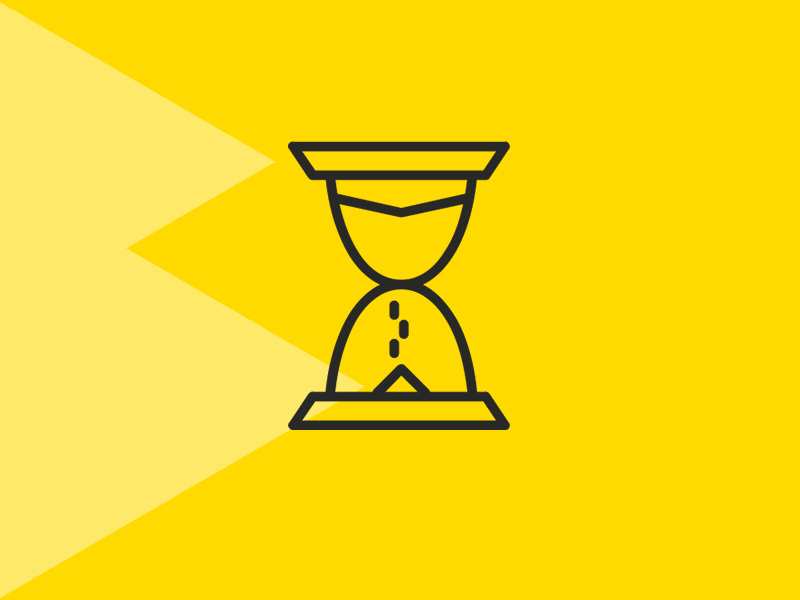
Roman communal baths
This small square was once the site of ancient Roman communal baths or thermae, the remains of which you can still see today, although mostly they’ll be obscured by scores of students busy preparing their exams.
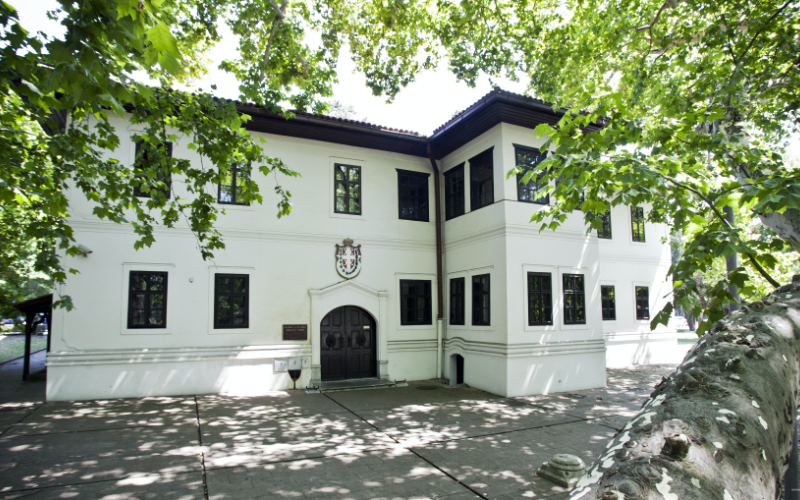
Milošev Konak
Milošev Konak was the residence of Prince Miloš Obrenović and represents one of the last remaining examples of Ottoman architecture in Belgrade.
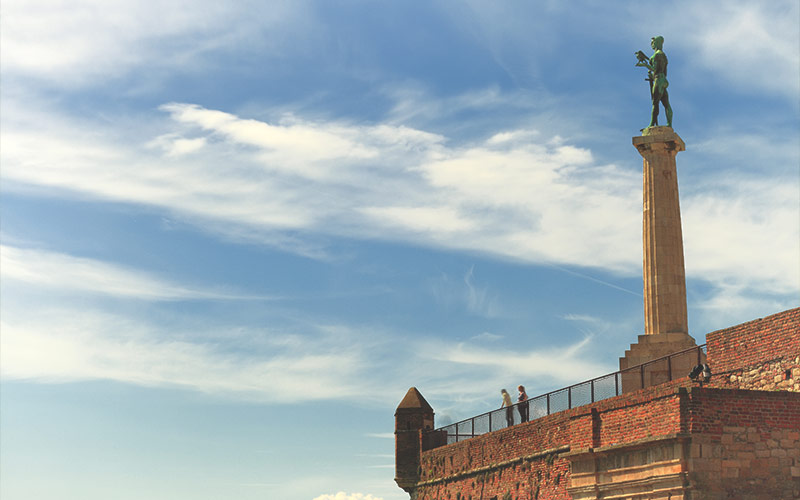
The Victor
Pobednik or The Victor is a monument commemorating Serbian military victories, and it was made by the renowned sculptor Ivan Meštrović. It has since become the quintessential symbol of Belgrade.
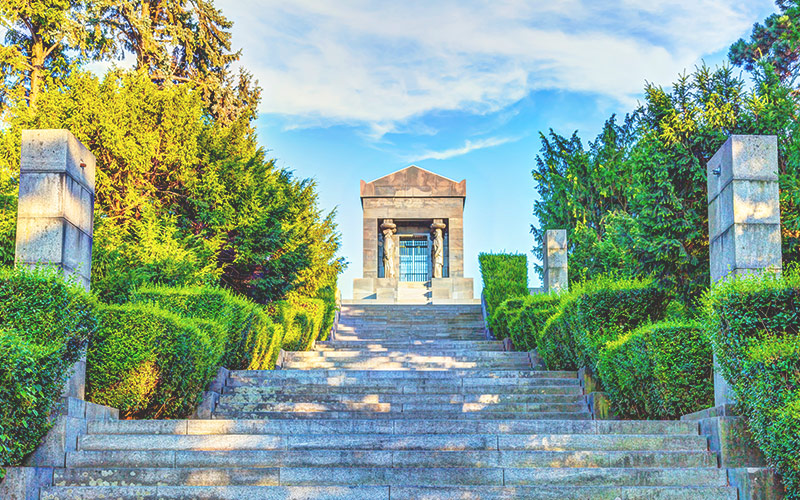
The Monument to the Unknown Hero
The Monument to the Unknown Hero is another masterpiece by Ivan Meštrović located atop Avala mountain. It represents the resting place of an unknown Serbian soldier who died during the First World War.
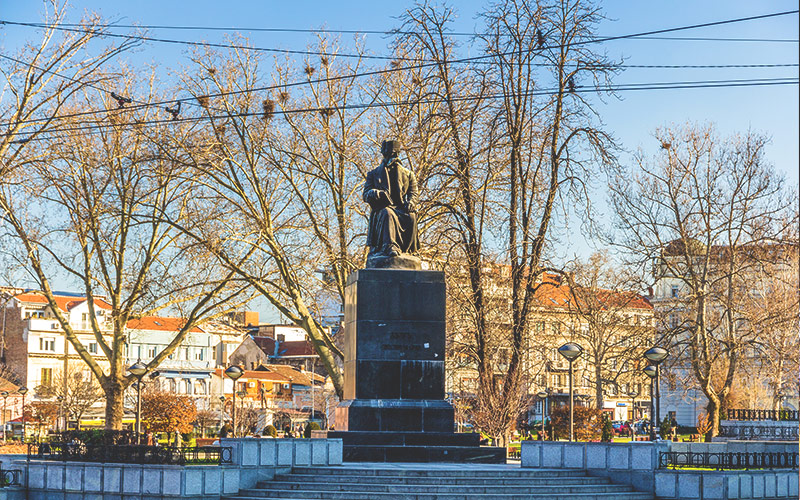
Monument to Vuk Karadžić
Monument to Vuk Karadžić (Vukov spomenik) is a monument to the father of the modern Serbian language, the 19th century linguist Vuk Karadžić.
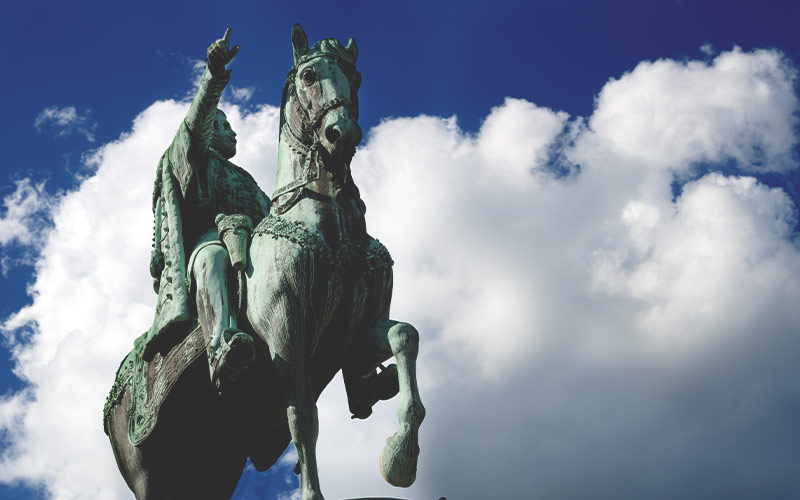
Monument to Prince Mihailo Obrenović
The equestrian monument to Prince Mihailo Obrenović is colloquially known as “The Horse” and serves as the most popular meeting place for Belgraders.

The Monument of Gratitude to France
The Monument of Gratitude to France was erected in Kalemegdan Park as a symbol of appreciation for French help to Serbia during the devastating First World War.
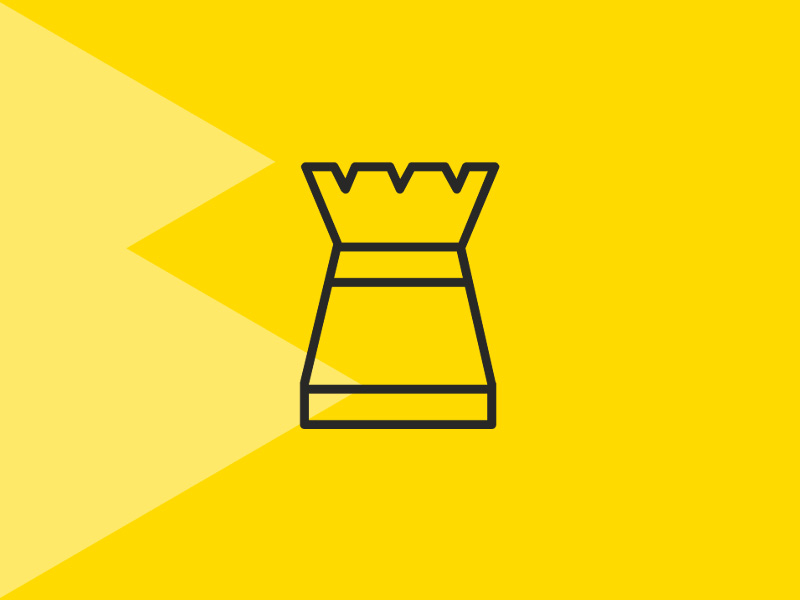
The Monument to Nikola Tesla
As he was the most famous Serbian scientist, it only made sense Nikola Tesla should have a monument in front of the School of Electrical Engineering. Its counterpart is located on Niagara Falls, the mighty power of which was enabled to travel great distances thanks to Tesla’s achievements.

Čukur fountain
Čukur fountain is a monument marking the tragic death of a boy at the hands of Ottoman authorities in 1862, which triggered outrage and a subsequent violent conflict between Serbian police and Turkish officers.

Monument to Ivo Andrić
This bronze sculpture celebrates the Nobel prize-winning author Ivo Andrić, who penned the seminal 1945 book The Bridge on the Drina that chronicles centuries of Ottoman and Austro-Hungarian rule in Bosnia.
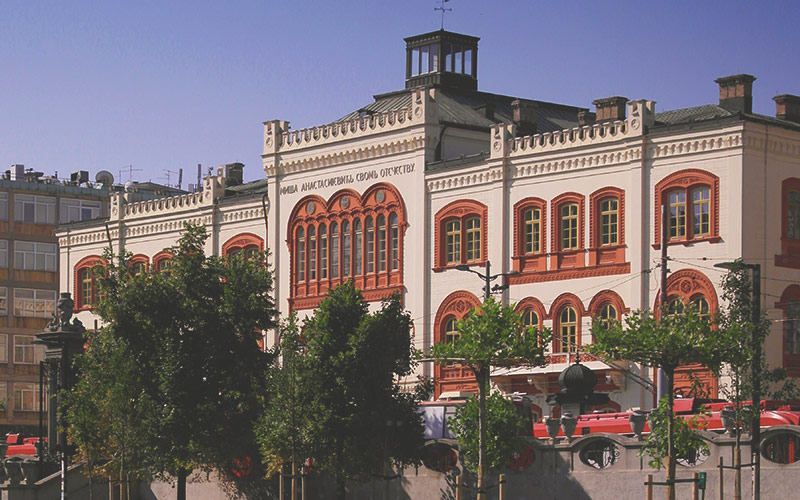
Captain Miša’s Mansion
Captain Miša’s Mansion is the main building of the University of Belgrade, a beautifully designed architectural gem reminiscent of Venetian palazzos.

Palace Albania
Back in 1939, Palace Albania was the first skyscraper in all of Southeastern Europe. The building bore witness to many major historical events in Belgrade, one of which included Yugoslav partisans placing the new, red star-bearing flag on the structure right after the 1944 liberation of Belgrade from Nazi occupation.
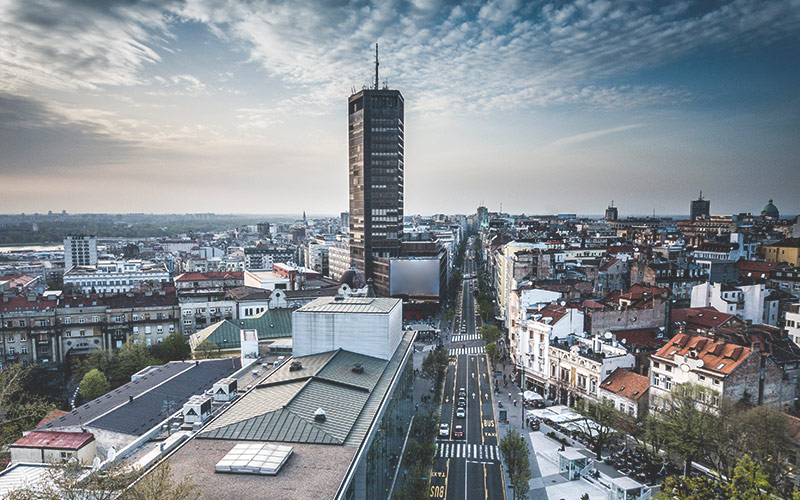
Belgrade Palace
Officially named Belgrade Palace, Beograđanka is one of the city’s most prominent symbols and is one of Belgrade’s tallest buildings.
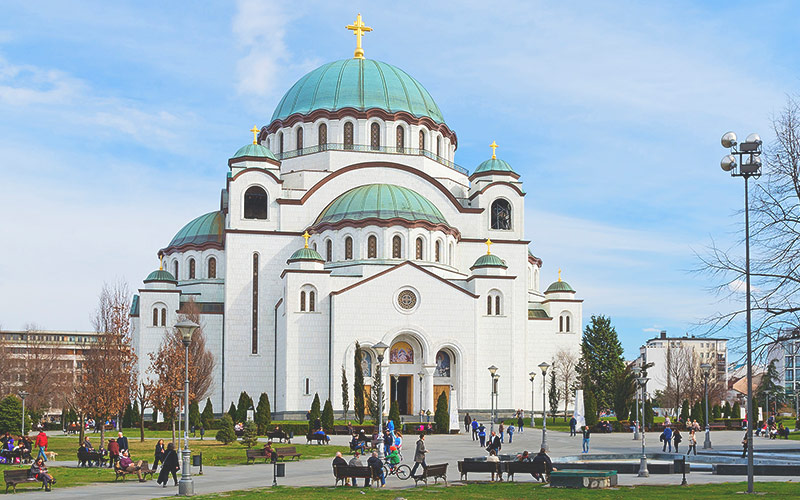
The Temple of Saint Sava
The Temple of Saint Sava is the largest Serbian Orthodox church in the country and ranks among the largest churches in the world. Its appearance resembles that of the grand Hagia Sophia, while its interior is decorated with exquisite golden mosaics.
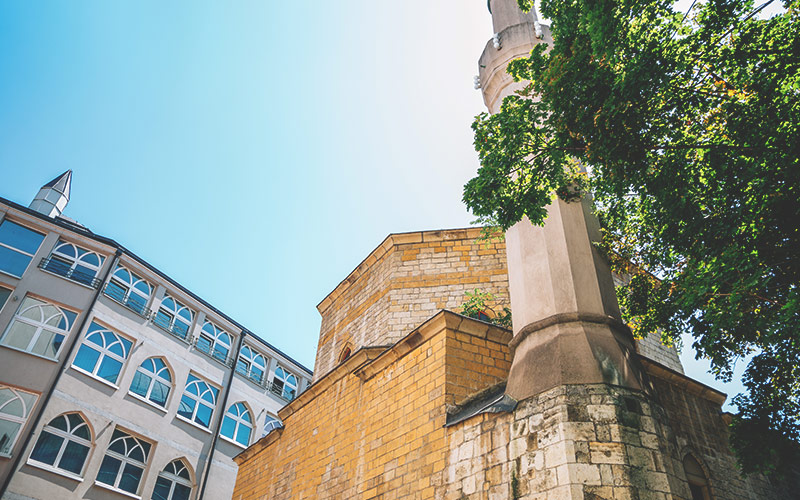
Bajrakli Mosque
Although Islam was once the major religion in Belgrade during Ottoman rule, Bajrakli Mosque is the city’s last remaining place of Muslim worship. Built in 1575, Bajrakli Mosque and its courtyard are nestled in Dorćol’s Gospodar Jevremova street.
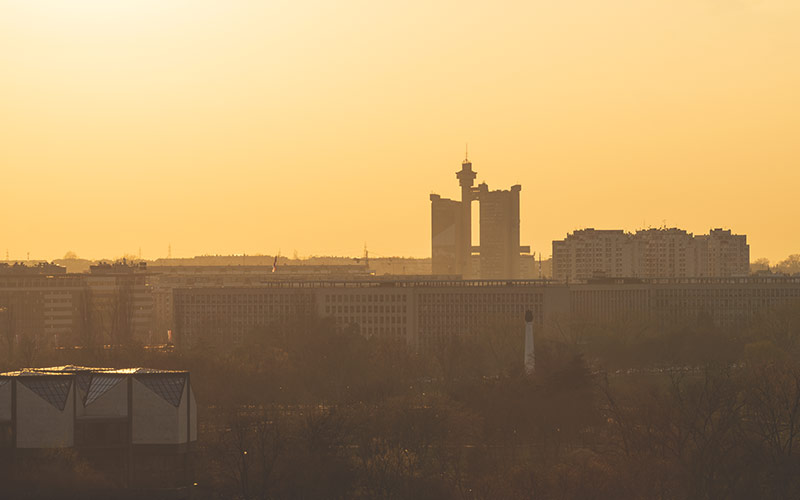
The Western City Gate
The Western City Gate, also known as Genex Tower, is the first site people see in Belgrade when they arrive from the airport. This 36-storey skyscraper represents brutalist architecture in all its splendor and glory.
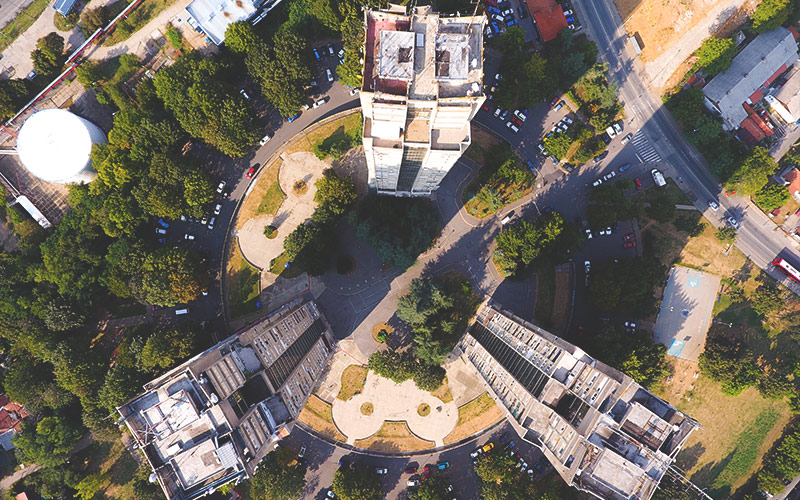
The Eastern City Gate
The eastern entrance to Belgrade is marked by the imposing silhouette of the trio of buildings known as Rudo. Another prime example of brutalism, Rudo dominates the skyline of eastern Belgrade.

Blokovi
Blokovi, or literally the blocks, are arguably the most prominent feature of New Belgrade architecture that always captures the gazes of foreigners in Belgrade. These urban neighborhoods are characterized by the widespread use of concrete and were built to accommodate the rapidly growing population of Belgrade after the Second World War.

Belgrade Tower
Kula Beograd or Belgrade Tower is an under-construction skyscraper that, once completed, will be the tallest building in this part of Europe. It’s located in the somewhat controversial project dubbed Belgrade Waterfront, planned to become the new business and commercial center of the capital.

BIGZ Building
The BIGZ building is one of the most representative examples of modern architecture in Serbia designed by a legendary architect Dragiša Brašovan. Once used by one of the biggest Yugoslavian publishing houses, BIGZ today is a sort of alternative cultural center, where local bands practice and artists rent studios.

Sava Center
Sava Center is one of Europe’s largest cultural and business centers, an imposing glass palace built in the modernist style in the New Belgrade neighborhood.

The Palace of Serbia
The Palace of Serbia was once known as the Federal Executive Council of former Yugoslavia and is colloquially referred to as SIV. This wondrous piece of post-war architecture has an even more stunning interior with halls named after the former republics and remarkable pieces of modern art.
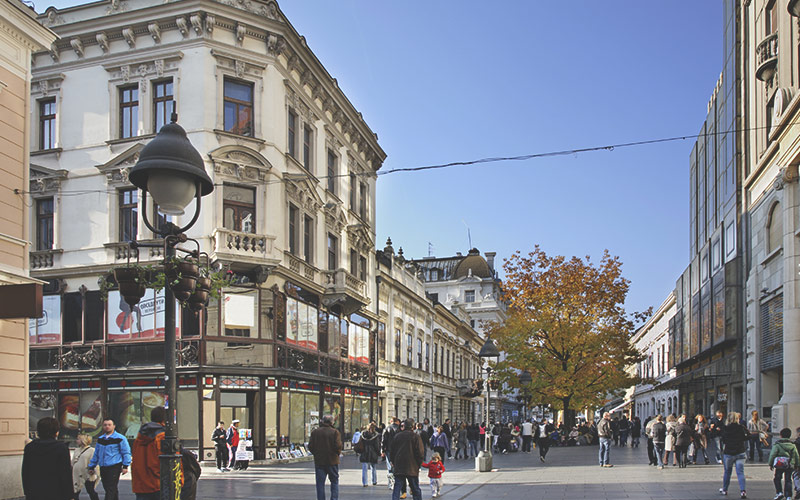
Knez Mihailova
Belgrade’s most famous pedestrian street is the go-to place for visiting cafes, restaurants and shops in the city center, as well as for people-watching as thousands traverse by Knez Mihailova’s late 19th century mansions every single day.
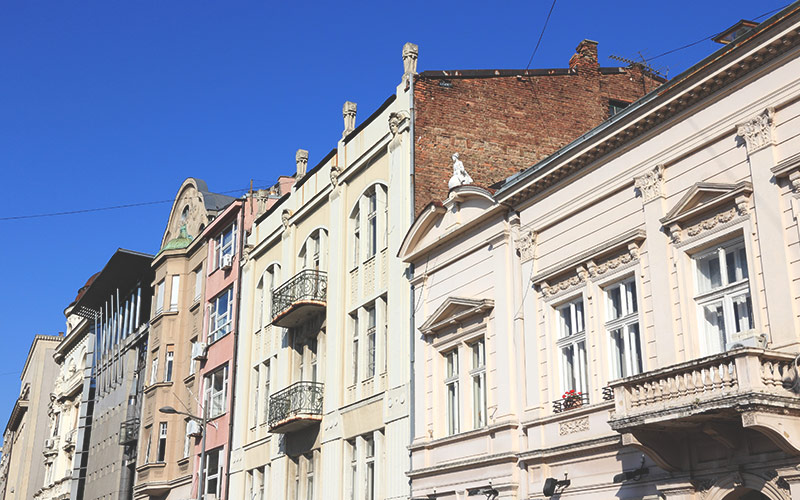
Kralja Petra I
King Petar I’s House was the residence of the Karađorđević king located on Topčider hill which now houses a permanent exhibition on his life and his early 20th century reign. King Petar I street is one of Belgrade’s oldest streets, a sort of open-air exhibition of Belgrade’s various architectural styles, including baroque, secession, and modernism.

Nemanjina
Nemanjina street stretches from Slavija Square to the site of the now-former main railway station. This street is famous as the site of the Serbian government building, the Railway Museum, and the derelict former Yugoslav Ministry of Defense building, a masterpiece of post-war architecture that was severely damaged during the 1999 NATO bombing of Serbia.
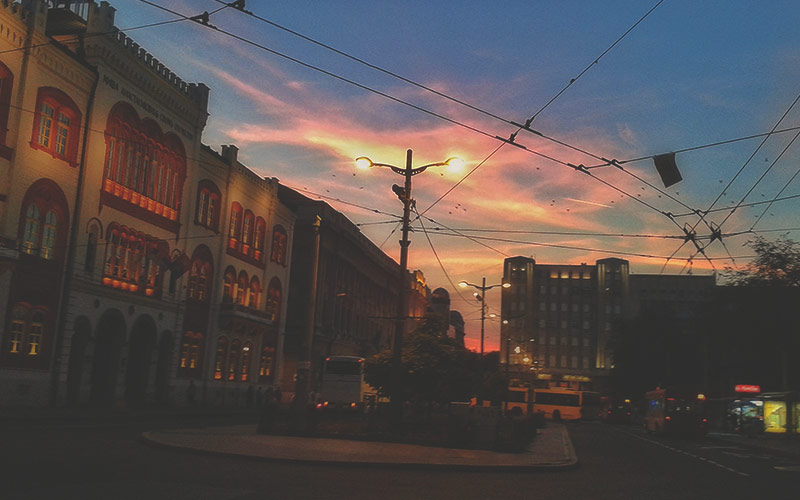
Students Square
Students Square is a lovely square featuring the buildings of the University of Belgrade and the Faculties of Philosophy and Philology, an area always swarming with Belgrade’s many students. The nearby park is a quiet getaway from the hustle and bustle of central Belgrade.
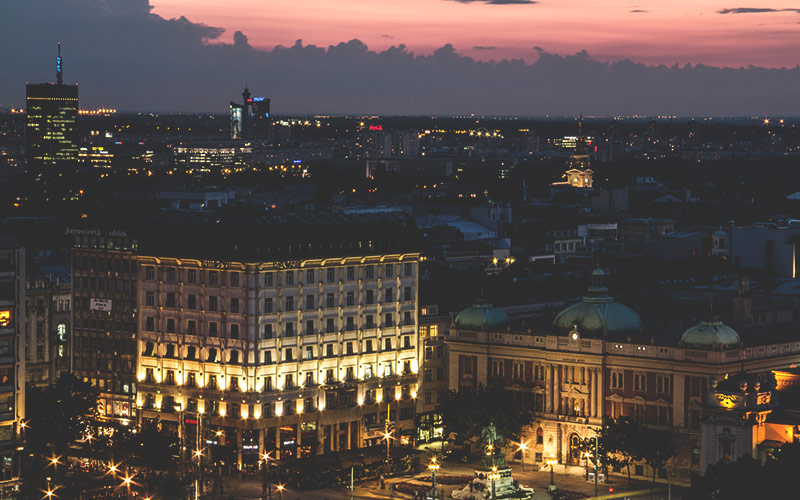
The Republic Square
The Republic Square is Belgrade’s most important and iconic town square, the site of the National Museum, the National Theater, and the statue of Prince Mihailo. The square is a popular meeting point for Belgraders.

The Slavija Square
Locals like to joke that a true test of your driving abilities can only be proven on the Slavija Square. This square is in fact a busy roundabout with a large fountain in the center and the fabled Slavija Hotel, which was all the rage back in 1962, in the background.

Strahinjića Bana
The Dorćol street Strahinjića Bana is known as Belgrade’s “Silicon Valley” and is famous for its endless rows of fancy cafes.

Terazije
Terazije is a street and a town square in central Belgrade with many historically and culturally significant buildings, including the gorgeous Moscow Hotel, designed in a Secessionist style with classical Greek elements and a beautiful ceramic tile facade.

The Nikola Pašić Square
The Nikola Pašić Square, named after the Serbian politician who served as Belgrade’s mayor and Serbian prime minister, was once known as the Square of Marx and Engels. The wide plateau was constructed during the 1950s.
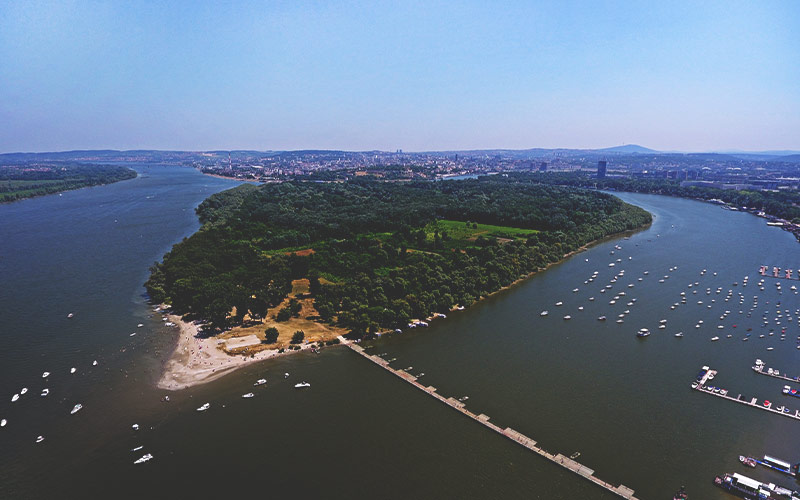
Great War Island
Great War Island, located right at the confluence of the Sava and Danube rivers, is known as an ornithological station as over 150 different bird species inhabit the island.
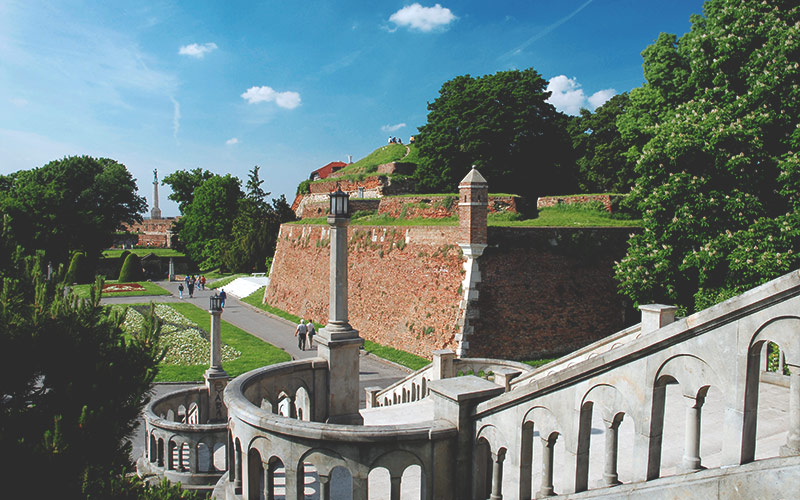
Kalemegdan Park
Kalemegdan Park is Belgrade's largest park, located around the Belgrade Fortress. With its beautiful tree lines and breathtaking views of the rivers and New Belgrade, Kalemegdan Park is a favorite among locals and tourists alike.

Pioneers Park
Pioneers Park is a charming park right across from the National Assembly. This lush green space was originally the royal garden palace.
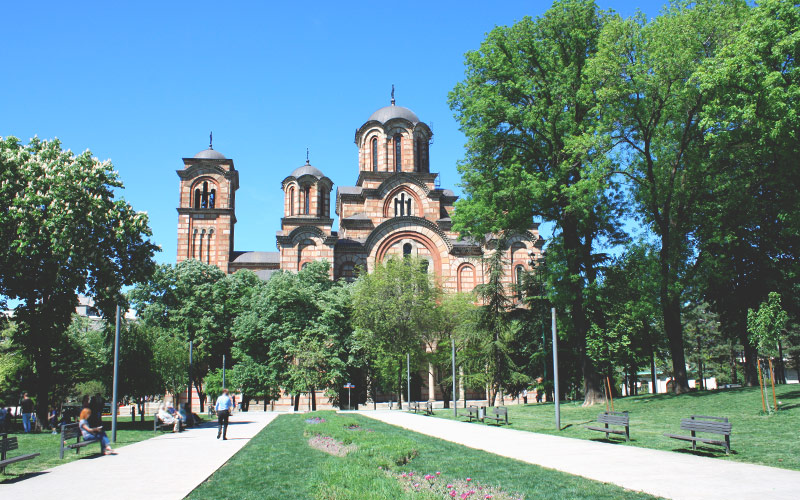
Tašmajdan Park
Tašmajdan Park, referred to by locals by the endearing name of Taš, is a beloved park and the site of Tašmajdan Stadium, Saint Mark’s Church, and a small, peculiar-looking Russian church.
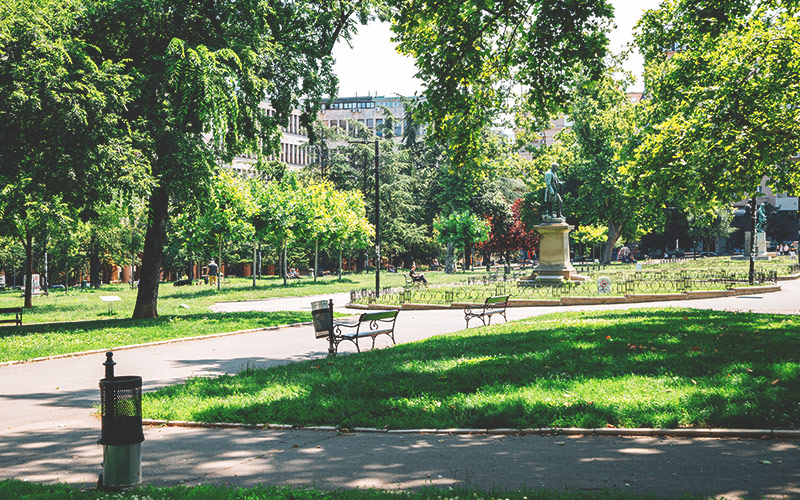
Academic Park
Academic Park is one of Belgrade’s oldest green spaces. Overlooking the Students Square, the Academic Park is protected with an ornate decorative fence and large gates.

Karađorđe’s Park
Karađorđe’s Park is a public park located in the Vračar neighborhood of Belgrade, right by the National Library and Temple of Saint Sava.
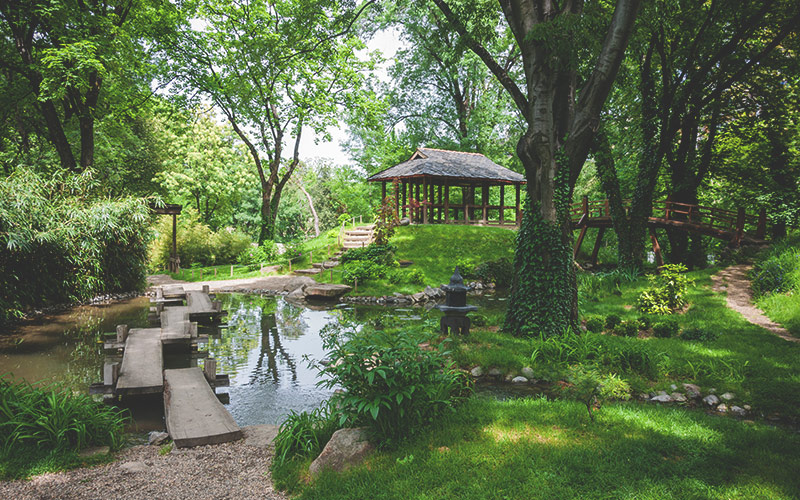
Jevremovac Botanical Garden
Jevremovac Botanical Garden is one of Belgrade’s most prized possessions, a refuge of calm and tranquility from the busy life of the capital, with a greenhouse sheltering tropical plants, a Japanese garden, and fragrant blossoms at every turn.
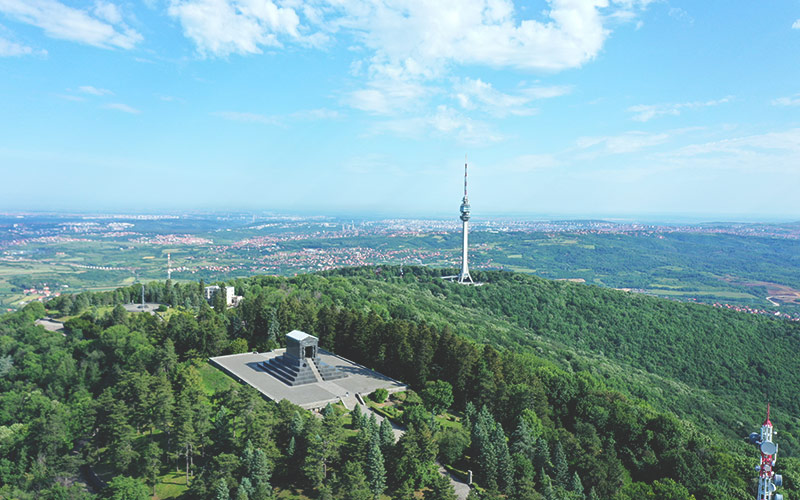
Avala
Avala is a mountain just outside of Belgrade that offers great panoramic views of the city. It’s also the site of the eponymous landmark TV tower and the Monument to the Unknown Hero.
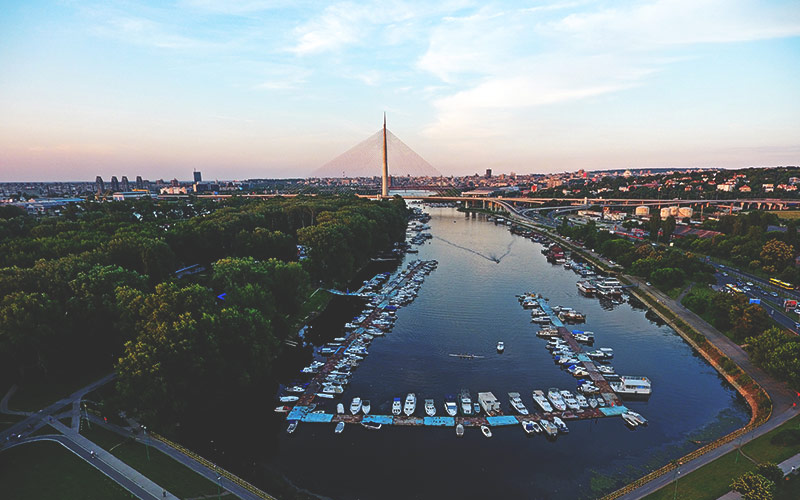
Ada Ciganlija
Ada Ciganlija, or Ada for short, is Belgrade’s “seaside” – an artificial lake built on the Sava river and popular for its many cafes, restaurants, and sports facilities.
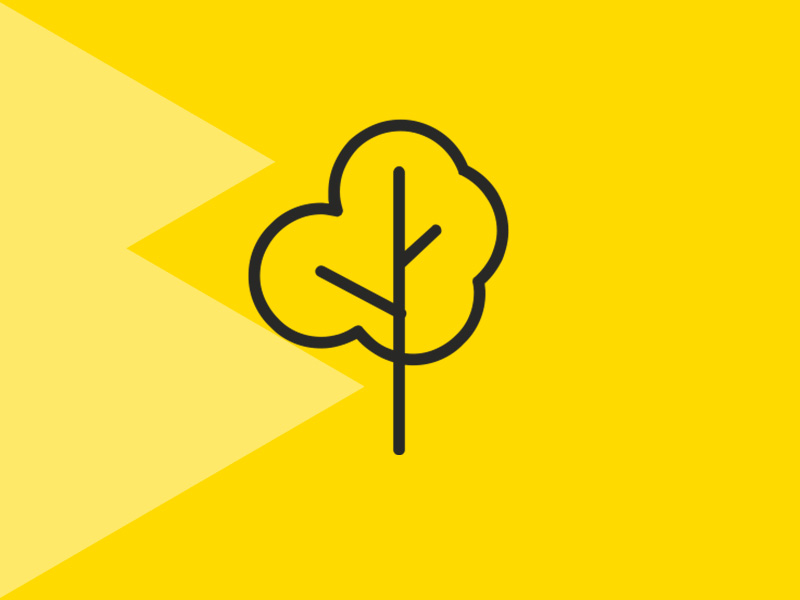
Ada Međica
Ada Međica is a forested island with vacation homes in the form of stilt houses and boats. The small island is only accessible by boat and is a popular summer hangout spot among Belgraders seeking solace from the hot July and August sun around the Sava river.

City Park
City Park is a green oasis in Zemun and the bucolic home of a number of magnificent buildings, churches, and monuments.

The park dedicated to the Non-Aligned countries
The park dedicated to the Non-Aligned countries once led by Yugoslavia is a small green area next to Branko’s Bridge, where an obelisk to commemorate the first Non-Aligned Movement conference held in Belgrade in 1961 was erected.
